Following on from a tradition started at the Shuttleworth Foundation, I have created a “brag pack” of my almost three years at Pearson South Africa (SA) (see previous reviews).
In 2014 I joined Pearson SA‘s Innovation Lab as head of mobile, and believe I have made a valuable contribution to Pearson’s journey from educational publisher to digital learning company. I have done this through product development, delivery on key projects, strategy development and thought leadership. In the process I have honed key skills as an ICT in education leader.
Product development and project delivery
Strategy
Thought leadership
Honing key skills
Core idea and next steps
Product development and project delivery
I have been product manager on the following projects:
X-kit Achieve Mobile

X-kit Achieve Mobile is Pearson SA’s first schools mobile product, offering test and exam revision for learners with feature and smart phones, and now also Android devices. The content is fully curriculum-aligned, levelled for difficulty and based on a solid theoretical framework, while the platform includes leaderboards, badges and social network integration.
I have led the development of the product through four major releases, marking the evolution from a B2C to a B2B institutional sales model, and from a mobisite to an Android app — a first for Pearson SA. All product development was based on user-centred design, through constant classroom observations, user interviews, user tests and data from the app itself.
In an independent study, conducted by Wits University, of Grade 8 learners and teachers at a Johannesburg public school, teachers found that struggling learners seemed to benefit the most from using X-kit Achieve Mobile. A significant 15% increase was seen in the average class mark in pre- and post-tests. Furthermore, 85% of the learners found X-kit Achieve Mobile useful, helpful, challenging and stimulating.
eReader implementation
Reader+ has been developed as Pearson’s ereader for growth markets, including SA. The first global implementation has been at CTI and MGI, two higher education institutions in SA owned by Pearson, as a central component of creating technology enhanced teaching and learning environments. This was the largest tablet rollout in the country, for around 8,000 students across 13 nationwide campuses. As tablet lead for the Innovation Lab and product manager for Reader+, I was the “voice of the user” on the ground, ensuring that local needs were embedded in the development of the product at a global level. I managed the strategy, user definitions, implementation, testing and ongoing support of Reader+ in the annual end-to-end rollout. Lots of lessons learned.
Global Learning Management System
Pulse is Pearson’s growth market learning management system (LMS), based on a Moodle framework. As with Reader+, it is developed globally and implemented locally, and its first rollout was in SA in a pilot at three deep rural schools. Again, I was product manager and local user champion. It is estimated that by the end of 2016 Pulse will have 300,000+ users in SA, Mexico, India and Hong Kong.
Strategy
I developed the 3-year mobile learning strategy for Pearson SA, through a broad research and consultative process, and have been a key member of the team that developed the digital learning ecosystem plan for the company.
I have also consulted internally in a strategic advisory capacity. Project Literacy is Pearson’s largest social impact campaign, spanning 5-years. I was on the advisory council that conceptualised the global campaign. One of the key initiatives of Project Literacy is Read to Kids, a mobile phone-based early reading improvement effort based in New Delhi, in partnership with Worldreader and the R4D Institute. I have been an active member of the project team since its inception.
I represented Pearson SA on the Publishing Association of South Africa’s (PASA) Digital Sector Committee, through which we engaged the Department of Basic Education on how to best develop a vibrant and effective digital publishing sector.
Thought leadership
I helped to position Pearson SA as a thought leader in the ICT in education space through writing, participating in events and professional networks.

Writings
Along with Prof John Traxler, I co-edited the Prospects: Quarterly Review of Comparative Education journal’s edition on mobile learning. John and I co-authored the introduction: The prospects for mobile learning.
I wrote a chapter Yoza Project : des histoires pour mobiles accessibles à tous in the book Téléphone mobile et création published by the Université Sorbonne Nouvelle – Paris 3. (Merci beaucoup, Laurence Allard, for the opportunity.)
I contributed to Education and Skills 2.0: New Targets and Innovative Approaches, a short book released at the World Economic Forum in Davos in 2014, as well as UNESCO’s Reading in the Mobile Era report, based on a project that I coordinated while first at UNESCO.
I also wrote Mobile Learning: Key Principles for Success, an analysis piece for the Bertha Centre for Social Innovation & Entrepreneurship, University of Cape Town; Mobile learning: How to choose the best apps for Education Southern Africa magazine; and The Future Is Now: How to Write About ICT4Edu Accurately in 2016, a satirical piece for ICTWorks.
Presentations and panels
I presented widely — locally and globally, in France, Germany and South Korea — on a range of topics, including: the state of ICT in education in SA; the role of technology as a tool to transform learning; emerging trends in digital education; education design in a digital era; large-scale 1:1 tablet implementations; innovation in Africa; harnessing ICTs for greater access to education for girls and women; digital citizenship; digital publishing in the education sector; and mobile literacy.
See my complete list of presentations here.
Professional networks
I am a panelist on an incubator programme that screens and then helps selected NGOs create and publish services on the Free Basics by Facebook platform. The panel is a small group of international ICT4D experts, which I am privileged to be a member of. We are aiming to on-board at least 100 new social impact organisations in 2016.
 For two years I was a judge in the Berkeley Big Ideas contest. The annual contest provides funding and support to interdisciplinary teams of students from the USA who have ‘Big Ideas.’
For two years I was a judge in the Berkeley Big Ideas contest. The annual contest provides funding and support to interdisciplinary teams of students from the USA who have ‘Big Ideas.’
I also helped to judge PEACEapp, a global competition organized by the United Nations Alliance of Civilizations and UNDP in collaboration with Build Up to promote digital games and gamified apps as tools for cultural dialogue and conflict management.
Lastly, I am a board member of the FunDza Literacy Trust, which is building a nation of readers in SA through mobile technology.
Honing key skills
While at Pearson I have led digital product development using agile software development principles (Scrum and Kanban).
The company has started to adopt — across the globe — something it calls a Product Lifecycle (PLC) approach. Drawing on agile and lean principles of innovation, it consists of six stages, each with specific activities and gates to take a product from idea to retirement stage. I am a certified PLC Coach and have worked to embed the process in all our work.
I am a firm believer in developing products based on user-centred design principles, which we have focused heavily on at Pearson, more than any other place I have worked. This involved classroom observations, user interviews and focus groups, user tests and data from the products themselves, continually conducted and analysed, to ensure that our decisions were user- and data-driven.
I have deepened my experience in managing diverse and international teams. This included managing UX, development, design, content development, sales and marketing teams. Delivering company-wide training, documentation, and leading the strategic direction of products were also my responsibilities.
Core idea
My work at Pearson was informed by one core idea: that education, and the way people learn, is changing, and this change is interwoven with mobility.
In the Prospects journal introduction, John and I wrote: “Mobile learning is no longer an innovation within institutional learning but a reflection of the world in which institutional learning takes place.”
For the most part, when looking at the education system in South Africa, this change is not apparent enough. But the change, albeit subtle or out of view, has begun.
Next steps
Moving to Pearson was a significant shift from twelve years in the governmental, non-profit, international organisation and “open” worlds, to a corporate and “closed’ world. I made the move purposefully to learn and to develop a business perspective on ICT in education. It has certainly been interesting to see where corporates and non-profits are very different and, (perhaps not) surprisingly, very similar. The issues of profitability and sustainability in mobile education still loom large, but it has been refreshing and instructive to explore ways of attaining them from within a commercial company.
From November I will be returning to UNESCO, based at HQ in Paris. There I will manage a partnership with Pearson as part of its Project Literacy, so I will still be staying close to the Pearson fold. I look forward to applying my corporate learnings in a development setting. I am a believer that the worlds of For-profit and Non-profit, Closed and Open, have much to learn from each other, and in the process both becoming more effective and efficient.
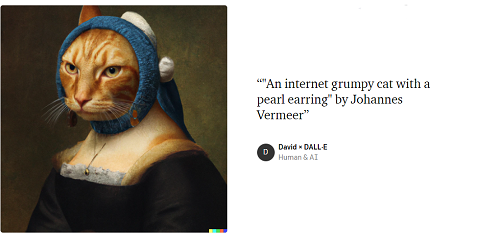

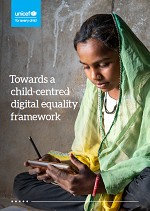
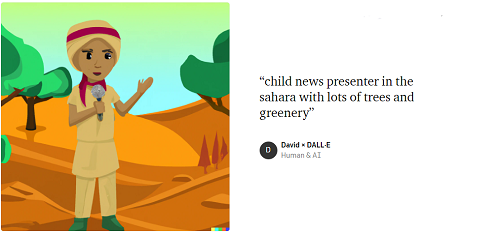
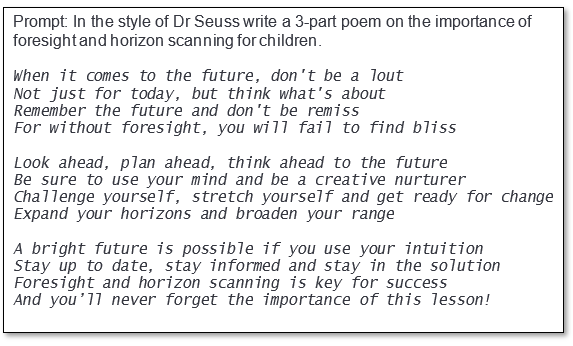
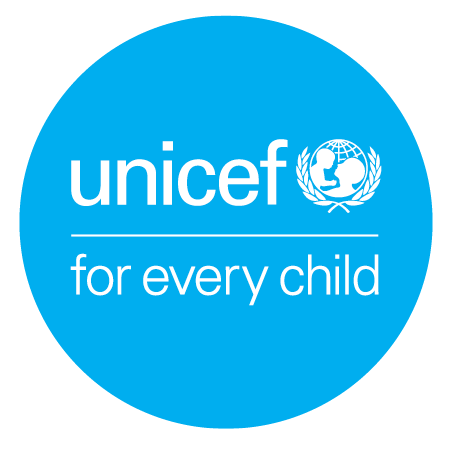
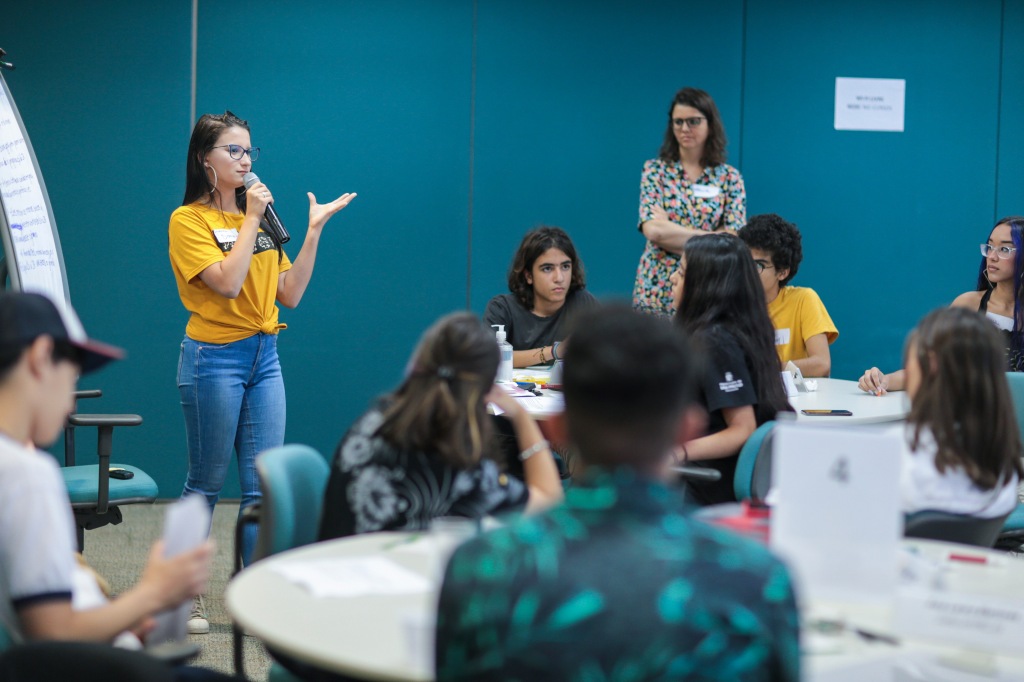


 For two years I was a judge in the
For two years I was a judge in the 



 7. The m4Lit project received an
7. The m4Lit project received an 